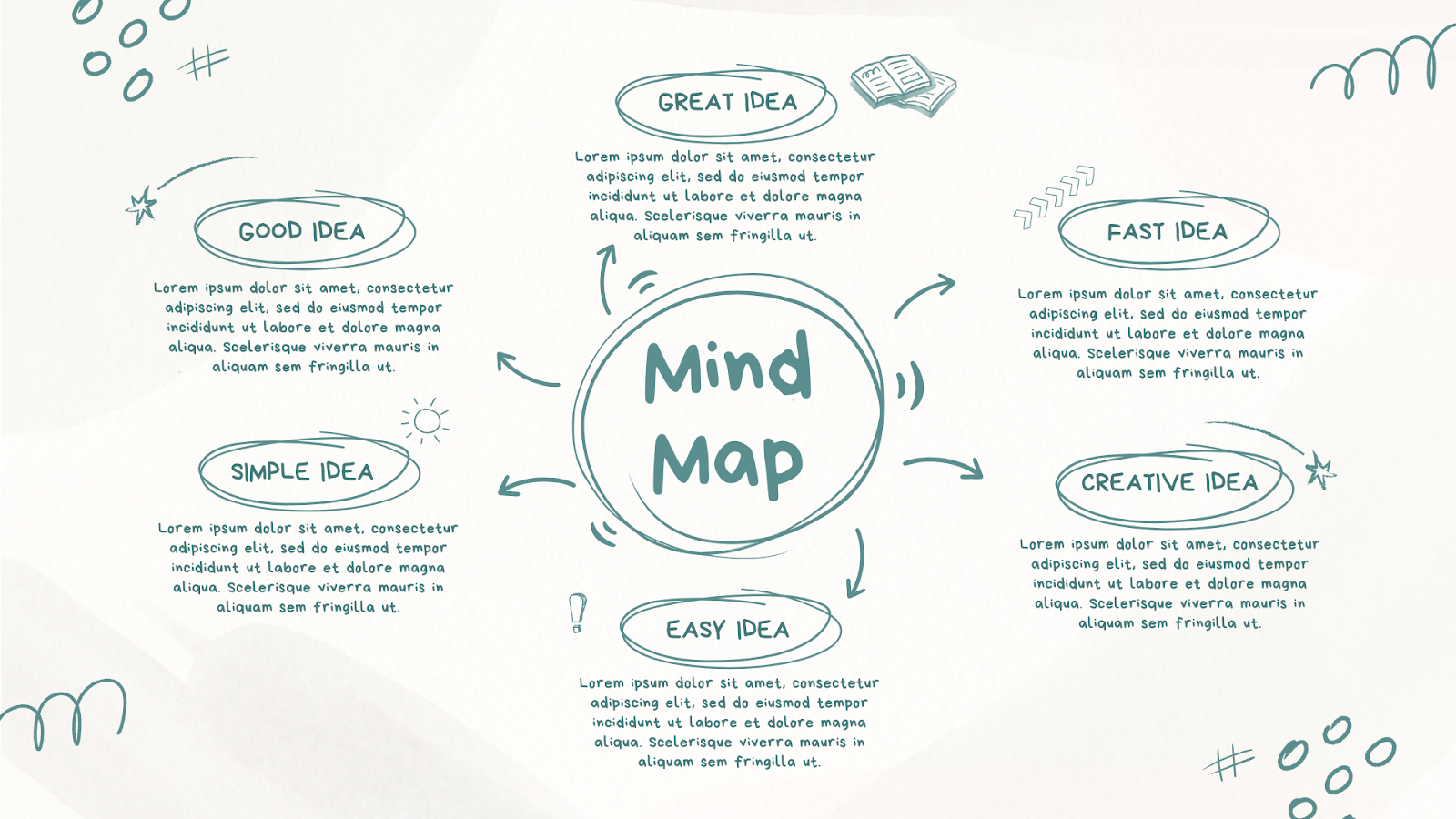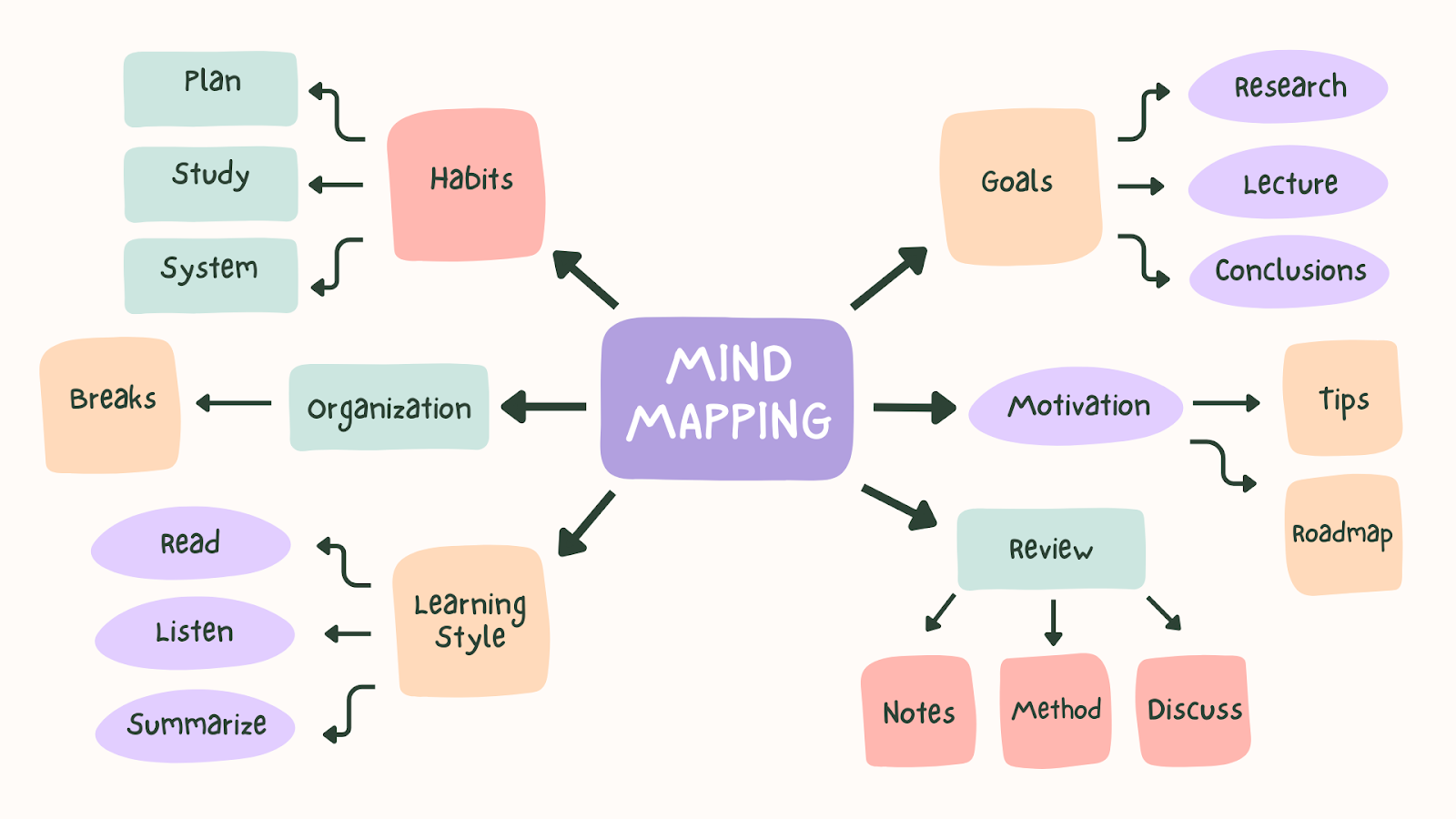The importance of planning
2 - Planning for succinctness
- Downloadables: Techniques for idea generation.
- Timed freewriting
- Using AI tools (e.g. ChatGPT and good prompts)
- Timed brainstorming
- Mind maps
Downloadables: Techniques for Idea Generation
Here are some suggested techniques for idea generation.
Timed free-writing
Sometimes we don’t know what to write until we start writing.
Get a blank sheet of paper or open a text file on your computer. Set a timer (15 to 30 minutes or more), and start writing about the topic of your piece. Treat this like a game.
Here are the rules.
- You must not stop typing (or put your pen down).
- You must not worry about the mechanics of writing (grammar, vocabulary, mistakes, spelling, punctuation).
- You should write “OK, OK, OK” or <a positive affirmation> when you don’t know what to write.
- You shouldn’t go back to read what you wrote.
- Very important: don’t judge any of your ideas.
At the end of the free-writing session, you might have generated a lot of rubbish ideas, but also some that you can use.
Use AI
Have a conversation with ChatGPT (or any other generative AI tool) and ask it to help you generate ideas. You can start the conversation with this prompt:
“I’m writing a blog post about (topic). It’s an article for (audience, e.g. creators) to (the purpose of your article, e.g. inspire) them.”
Then you can ask:
- “Could you help me generate some ideas I can include in it?”
- “Could you ask me some questions that will help me generate ideas to include in it?”
- “Could we plan what to include in it together?”
See where this conversation will take you.
Timed brainstorming
This is similar to timed freewriting. The difference is that you don’t write in full sentences but in single words and phrases.
Here’s how it works.
Set your timer and come up with as many ideas as possible. List them out. Don’t judge any of your ideas and don’t get attached to any of them either. Keep the storm roaring and worry only about making your list longer.
Once the time is up, give your brain a break. Go for a walk if you can. Then come back to your list and decide which ideas you could use and expand on. At this point, you could also decide to take one idea and do another brainstorming session to generate related sub-ideas.
Mind maps
Once you have some ideas, you can organise them using a mind map. This is a mind map. (Image credit: Canva)

This is a mind map too. (Image credit: Canva)

Benefits of mind maps:
- They help you identify connections between different ideas that might not be immediately apparent.
- They give you a clear visual structure of your ideas.
- They give you a quick overview of the writing project you’re about to do.
- Having a central idea in the middle helps you stay focused on the main theme of your piece.
You don’t need any fancy tools to make a mind map. A notebook and a pen are enough. But if you prefer having all your ideas on a screen, you could use Notion or Mindmup.
